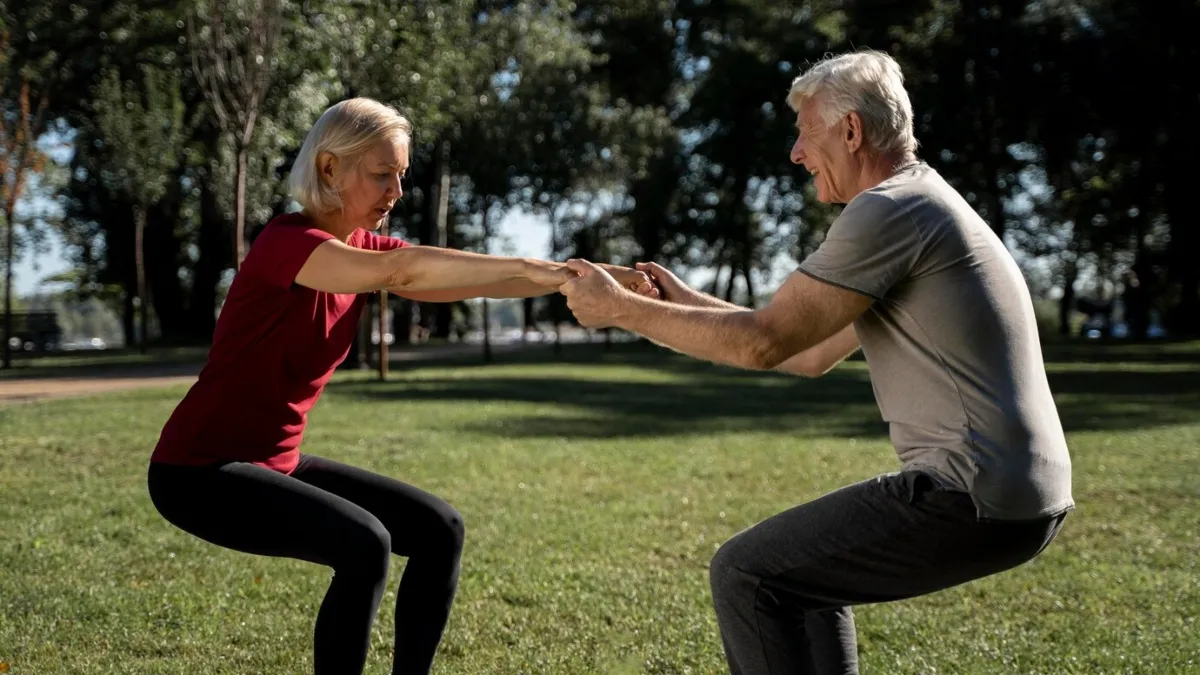A recent study conducted by researchers at Kobe University has shed light on a simple yet effective method to enhance physical activity among the elderly in need of long-term care. Using self-monitoring techniques coupled with accelerometers for feedback, the study demonstrated promising results in improving the mobility and activity levels of this vulnerable demographic.
It's no secret that maintaining an active lifestyle is crucial for overall health, especially for the elderly who are at higher risk of various noncommunicable diseases. However, individuals in long-term care settings often face challenges in staying active due to limited mobility and prolonged periods of sitting. This sedentary lifestyle not only compromises their health but also strains healthcare resources.
The Kobe University study, led by health scientists Kazuhiro IZAWA and Masahiro KITAMURA, aimed to address this issue by implementing a self-monitoring intervention. Fifty-two participants from a daycare center in Japan were educated about the importance of physical activity and provided with accelerometers to track their steps, sitting time, and activity intensity. Additionally, half of the participants received personalized feedback and advice based on their daily progress.
The results, published in the European Geriatric Medicine journal, revealed significant improvements in the intervention group. Participants showed an increase in steps taken, a decrease in sitting time, and a higher engagement in light physical activities. According to the researchers, setting simple goals such as increasing steps and reducing sedentary behavior proved to be effective in motivating behavioral changes among the elderly.
"The results of this intervention promoting physical activity in this target population were novel to this study. Older people with long-term care needs have reduced mobility and activity compared to healthy older people, so increasing physical activity is not easy. However, goals such as increasing the number of steps can be easily understood and practiced, and reducing the time spent in sedentary behavior, such as by standing or taking a short walk, are activities that can be performed indoors and do not require high mobility," the author wrote.
Notably, this study is the first of its kind to focus not only on steps but also on reducing sitting time through self-monitoring. The researchers suggest that these two factors may influence each other, leading to overall improvements in physical activity levels. While the five-week study period was too short to assess long-term health benefits, the findings lay a solid foundation for future research in promoting physical activity among older adults.
Izawa and Kitamura emphasize the importance of expanding such interventions in care prevention strategies and advocating for larger-scale studies with long-term follow-ups. They said, "The results of this study may serve as an important foundation for future research on promoting physical activity among older adults in need of assistance. In particular, self-monitoring interventions have been shown to contribute to improved physical activity and can be applied to care prevention strategies. Future studies should include larger samples, a broader range of activities, and long-term follow-up to verify the sustained effectiveness of the intervention."
By incorporating self-monitoring techniques into elderly care programs, healthcare providers can empower seniors to lead more active and healthier lives, ultimately reducing the burden on healthcare systems.
(with ANI inputs)
ALSO READ: Iron to Calcium: 5 essential nutrients every woman needs for optimal health

